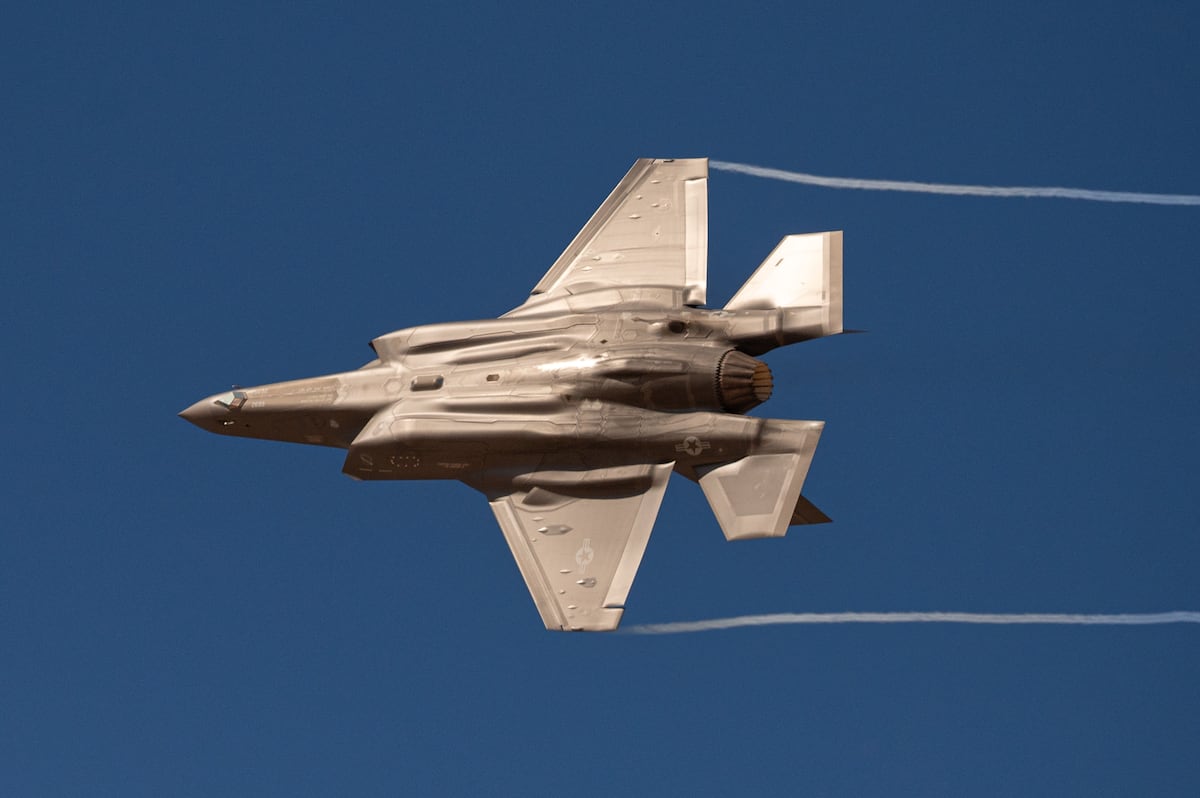US Deploys F-35s Amidst Escalating Yemen Houthi Strikes: A New Chapter in Regional Tensions?
The United States has deployed F-35 stealth fighter jets to the region amidst a dramatic escalation of Houthi rebel attacks targeting Saudi Arabia and the UAE. This deployment marks a significant development in the ongoing Yemen conflict, raising concerns about potential further escalation and a widening regional conflict. The move signals a heightened US commitment to regional security, but also potentially increases the risk of direct confrontation with Iranian-backed forces.
The Recent Attacks and Their Significance:
The Houthi rebels, who control large swathes of Yemen, have recently launched a series of increasingly sophisticated drone and missile attacks against key infrastructure in Saudi Arabia and the United Arab Emirates (UAE). These attacks, which have targeted oil facilities, airports, and other vital installations, highlight the growing capabilities of the Houthi forces and represent a significant challenge to regional security. The increased range and precision of these attacks underscore the potential for further destabilization in the region.
- Targeting Saudi Aramco: Attacks on Saudi Aramco facilities have consistently been a key tactic, aiming to disrupt the global oil supply and inflict significant economic damage on Saudi Arabia.
- UAE Infrastructural Targets: The targeting of the UAE, a key US ally, signifies a broadening of the conflict's geographical scope and underscores the Houthi's ambition to expand their influence.
- Sophistication of Weaponry: The improved accuracy and range of Houthi weaponry suggest potential external support, raising concerns about the level of Iranian involvement.
The F-35 Deployment: A Show of Force and Deterrent?
The deployment of F-35s represents a clear message from the US to deter further Houthi attacks and to reassure its allies in the region. The advanced capabilities of the F-35, including its stealth technology and precision strike capabilities, offer a significant advantage in addressing the threat posed by the Houthi rebels. However, the deployment also raises several important questions:
- Escalation Concerns: While intended as a deterrent, the deployment of such advanced weaponry could inadvertently escalate the conflict, potentially leading to a more direct US involvement.
- Ground Operations: Will the deployment lead to increased US involvement beyond air support? The potential for ground operations remains a subject of ongoing debate and speculation.
- Iranian Response: How will Iran, suspected of providing support to the Houthis, respond to this increased US military presence in the region? The potential for further regional instability is significant.
Beyond Military Response: Addressing the Root Causes of the Conflict
While the military response is crucial for immediate security concerns, long-term stability in Yemen requires a multifaceted approach that addresses the underlying political and humanitarian crises. This includes:
- Diplomatic Initiatives: Renewed diplomatic efforts are essential to find a peaceful resolution to the conflict and address the humanitarian crisis in Yemen.
- Humanitarian Aid: Continued and increased humanitarian aid is vital to alleviate the suffering of the Yemeni people, who are facing widespread famine and displacement.
- Political Dialogue: A comprehensive political dialogue involving all stakeholders, including the Houthis, is necessary to achieve a lasting peace.
The deployment of F-35s is a significant development with potentially far-reaching consequences. While it offers a strong military response to the escalating Houthi attacks, it also highlights the complex challenges in addressing the underlying causes of the conflict and maintaining regional stability. The international community must work collaboratively to find a peaceful resolution to the conflict, preventing further escalation and addressing the severe humanitarian crisis in Yemen.
Keywords: Yemen Conflict, Houthi Rebels, F-35 Deployment, Saudi Arabia, UAE, Iran, US Military, Regional Security, Middle East, Geopolitics, Humanitarian Crisis.

